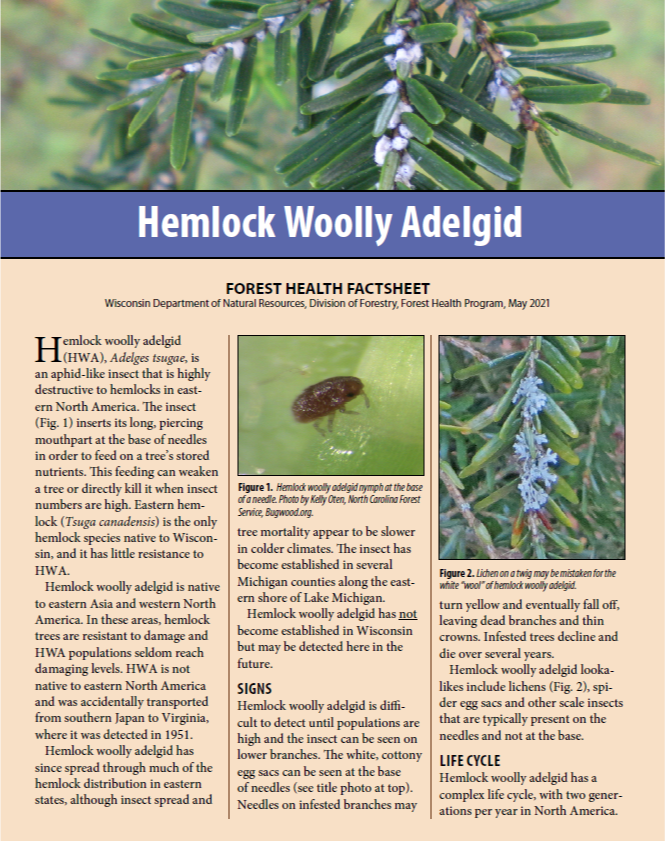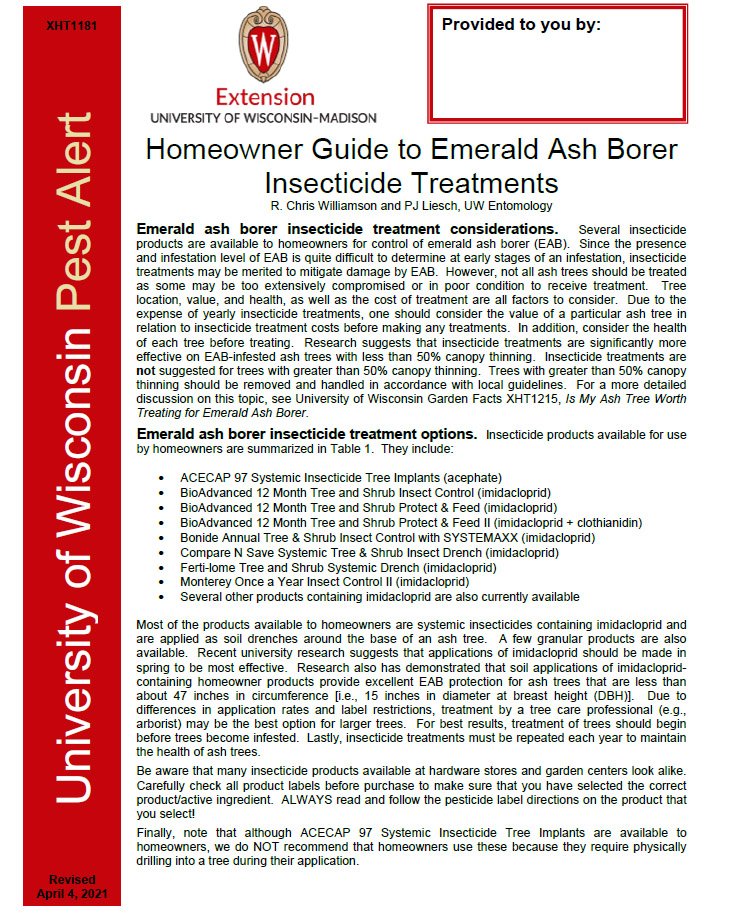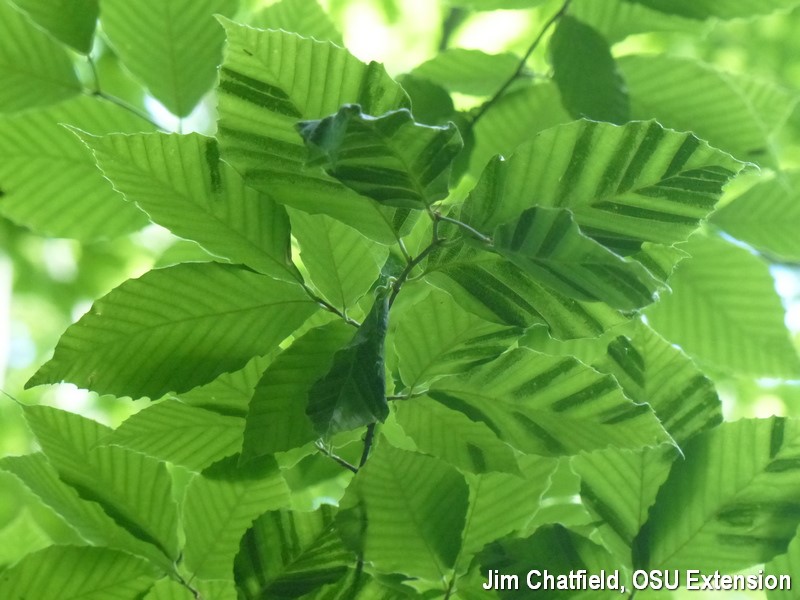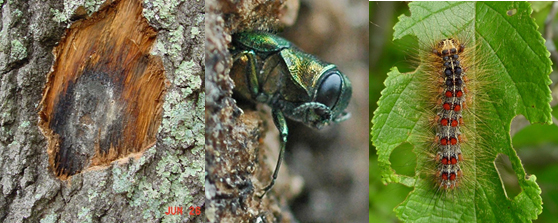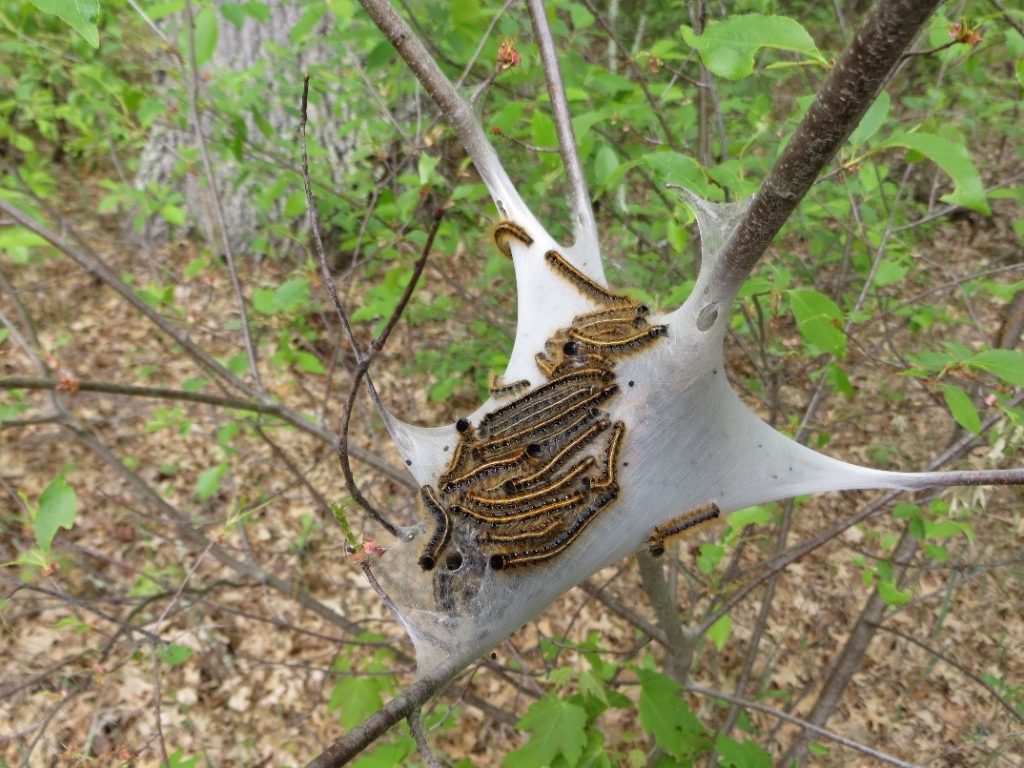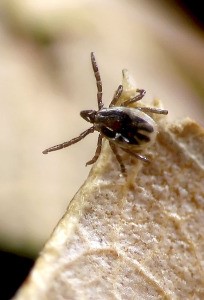By Paul Cigan, DNR Forest Health Specialist
The Forest Health Team has just launched an interactive web map showing areas where seasonal oak harvesting opportunities and restrictions exist within the state. The map provides users with general geographical information on the presence and seasonality of oak wilt restrictions to support decisions concerning the application of the Oak Harvesting Guidelines [PDF] during timber management planning and establishment. As a highlight, areas that favor flexibility in the application of the seasonal harvesting restrictions — based on the nearest known detection of oak wilt — are displayed on the map. If you have any questions about this map, please contact your regional Forest Health specialist.
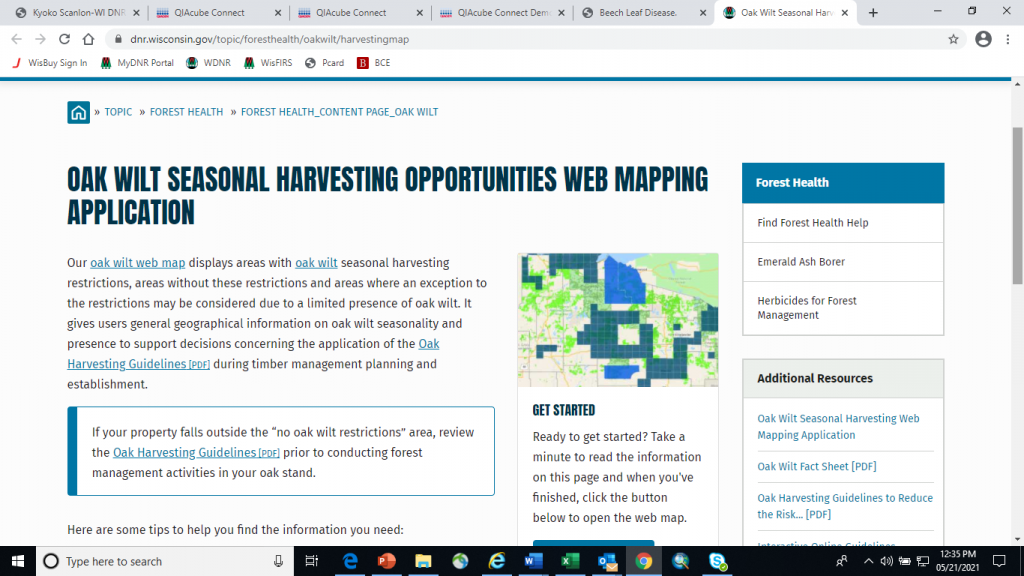
Oak Wilt Seasonal Harvesting Opportunities Web Map

